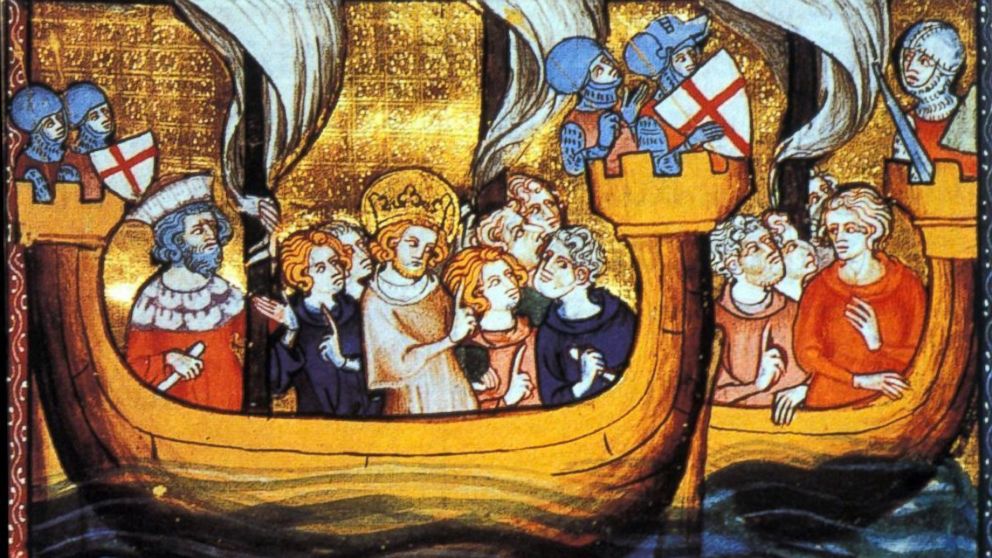Did the Christian Crusades Spread a Deadly Virus?
Scientists find clues in ancient genetic material from Egypt

Feb. 16, 2014— -- While dissecting a 750-year-old fossil from Egypt, evolutionary biologist Robin Allaby found a treasure that took him all the way back to the middle ages and the Christian Crusades, when Christians were trying to kill Muslims and Muslims were trying to kill Christians, unfortunately sort of like today.
It was an amazing discovery, and it wasn't even what he had been looking for.
Allaby is an expert on barley, a rather ordinary crop that might not be expected to produce a scientific treasure, and for some time now he has concentrated on barley that has grown in the Near East for thousands of years.
The barley that was thriving there during the religious wars, as well as today, has two strands, not the usual six, and Allaby wanted to know why.
So he sent his fellow researcher, Oliver Smith, to a well established archaeological site, Qasr Ibrim, near the Nile River in Egypt. Allaby had a hunch. The region is so dry that perhaps, just perhaps, the site might yield ancient samples of barley that could reveal how it evolved into a species that can withstand drought.
Smith returned to Allaby's lab at the University of Warwick, Coventry, England, with a few fossils that had been recovered from strata known to be about 750 years old.
In one of the fossils they found something they hoped but doubted would be there -- bits and pieces of ribonucleic acid (RNA), which is vital to all living organisms.
It's not as well-known as its coworker, DNA, but it is the worker-bee in every organism's "protein factory" where protein is manufactured to carry out the orders of the genetic code.
RNA also carries the genetic blueprint for many viruses.
Ancient RNA decays, especially in the presence of water, about 50 times more quickly than DNA. But the dry climate preserved the RNA, along with valuable clues to the distant past.
Laboratory analysis revealed the presence of the Barley Stripe Mosaic Virus, which has devastated barley crops around the world, although it was thought to be just about 150 years old. Yet it was alive and well in Egypt 750 years ago.
"We were wondering about drought adaptation, and lo and behold we found a virus," Allaby said in a telephone interview. "That changed everything."
No one else has been able to sequence the genome of ancient RNA, because of the absence of ancient samples. So for the first time, the scientists had a chance to do just that. Using the latest technology, which has reduced the time required to sequence a genome from years to weeks, Allaby and Smith pulled it off.
By combining the first sequence of ancient RNA with more recent genomes, they were able to determine that the virus has been around for at least 2,000 years, and possibly as long as 11,000 years. They disclosed their findings in the journal Scientific Reports.
But that left a few questions unanswered. How did it get to the banks of the Nile? What was happening 750 years ago that could have carried the virus from its presumed original location in the fertile farmlands of the Middle East?
"What's interesting about this site in Egypt is you've got 3,000 years of occupation, you've got all these different cultures coming through, the ancient Egyptians, who get replaced by the Romans, who get replaced by the Christians, who get replaced by the Islamists," Allaby said.
The best historical fit with the 750-year-old fossil falls squarely on the Seventh Crusade of Louix IX.




